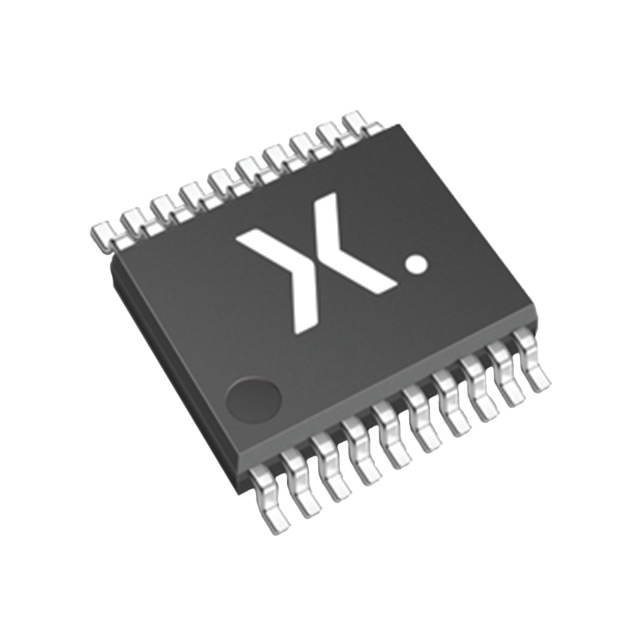74LVC541APW-Q100J
Manufacturer No:
74LVC541APW-Q100J
Manufacturer:
Description:
IC BUF NON-INVERT 3.6V 20TSSOP
Datasheet:
Delivery:





Payment:




In Stock : 1177
Please send RFQ , we will respond immediately.









74LVC541APW-Q100J Specifications
-
TypeParameter
-
Supplier Device Package20-TSSOP
-
Package / Case20-TSSOP (0.173", 4.40mm Width)
-
Mounting TypeSurface Mount
-
Operating Temperature-40°C ~ 125°C (TA)
-
Voltage - Supply1.2V ~ 3.6V
-
Current - Output High, Low24mA, 24mA
-
Output Type3-State
-
Input Type-
-
Number of Bits per Element8
-
Number of Elements1
-
Logic TypeBuffer, Non-Inverting
-
PackagingCut Tape (CT)
-
PackagingTape & Reel (TR)
-
Product StatusActive
-
SeriesAutomotive, AEC-Q100, 74LVC
The 74LVC541APW-Q100J is a specific variant of the 74LVC541A series of integrated circuit chips. These chips are octal buffers/line drivers with 3-state outputs, designed for low-voltage (2.7V to 3.6V) applications. Here are some advantages and application scenarios of the 74LVC541APW-Q100J:Advantages: 1. Low-voltage operation: The chip operates at a low voltage range of 2.7V to 3.6V, making it suitable for battery-powered devices and low-power applications. 2. High-speed operation: The 74LVC541A series chips are designed for high-speed operation, making them suitable for applications that require fast data transfer or signal buffering. 3. 3-state outputs: The 74LVC541A chips have 3-state outputs, which means they can be disabled or put into a high-impedance state. This feature allows multiple chips to be connected to a common bus without causing conflicts or bus contention. 4. Wide temperature range: The 74LVC541APW-Q100J variant is designed to operate over a wide temperature range of -40°C to 125°C, making it suitable for automotive and industrial applications.Application scenarios: 1. Data buffering: The 74LVC541A chips can be used to buffer and amplify digital signals, ensuring proper signal integrity and driving capability in systems with multiple devices or long signal paths. 2. Bus drivers: The 3-state outputs of the 74LVC541A chips make them suitable for driving buses or communication lines in systems where multiple devices need to share a common data or address bus. 3. Level shifting: The low-voltage operation of the 74LVC541A chips makes them suitable for level shifting applications, where signals need to be converted between different voltage levels. 4. Automotive electronics: The 74LVC541APW-Q100J variant, with its extended temperature range and automotive qualification, can be used in automotive electronics applications such as infotainment systems, engine control units, or body control modules.It's important to note that the specific advantages and application scenarios may vary depending on the requirements of the system and the overall design considerations.
74LVC541APW-Q100J Relevant information
-
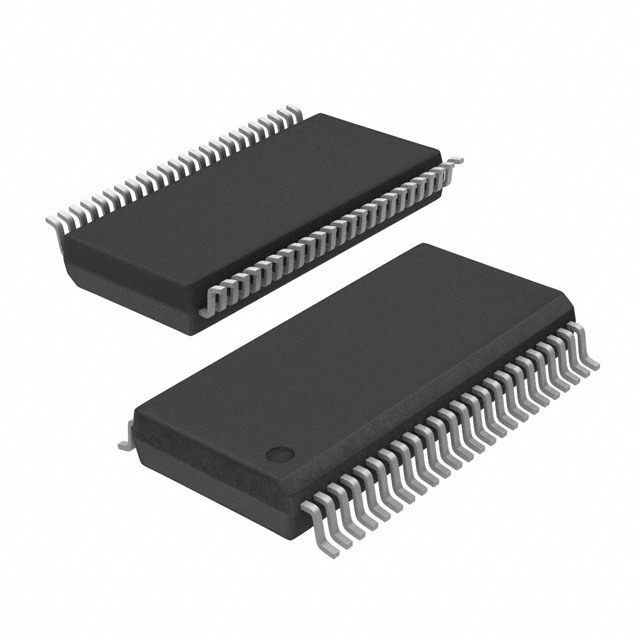
SN74ALVTH162245LR
Texas Instruments -
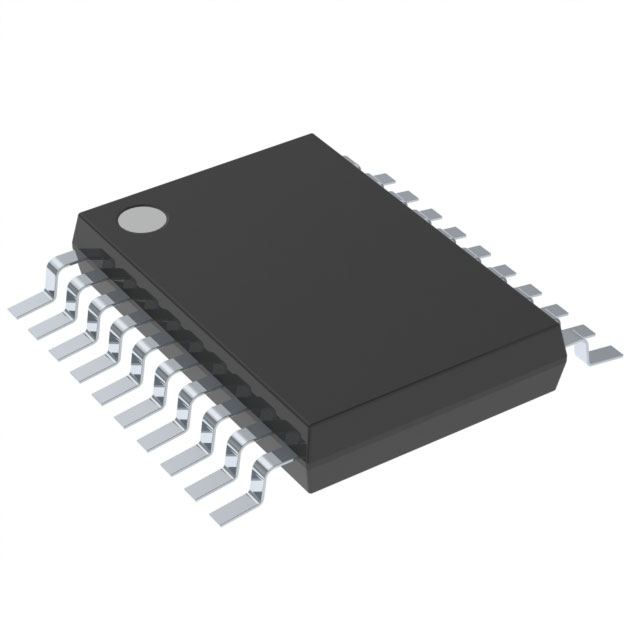
SN74BCT623NSR
Texas Instruments -
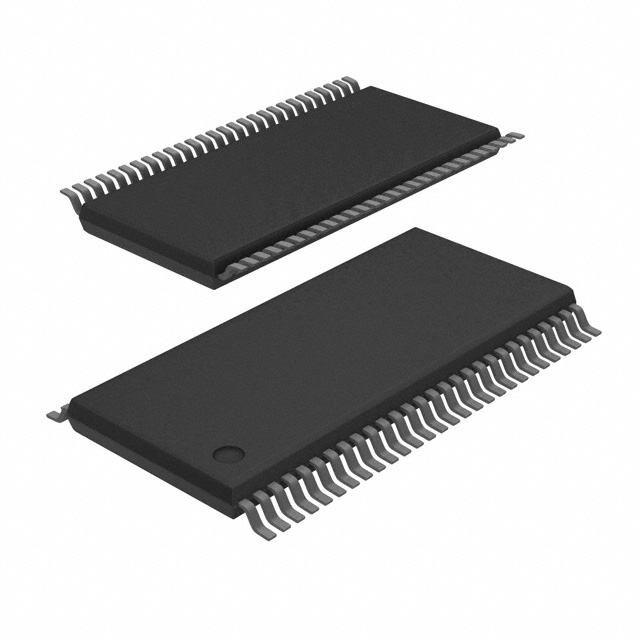
CY74FCT16543ATPACT
Texas Instruments -
SN74LVTH652DGVR
Texas Instruments -
SN74LVTH646DGVR
Texas Instruments -
SN74LVTH2952DGVR
Texas Instruments -

SN74LVTH162241DL
Texas Instruments -
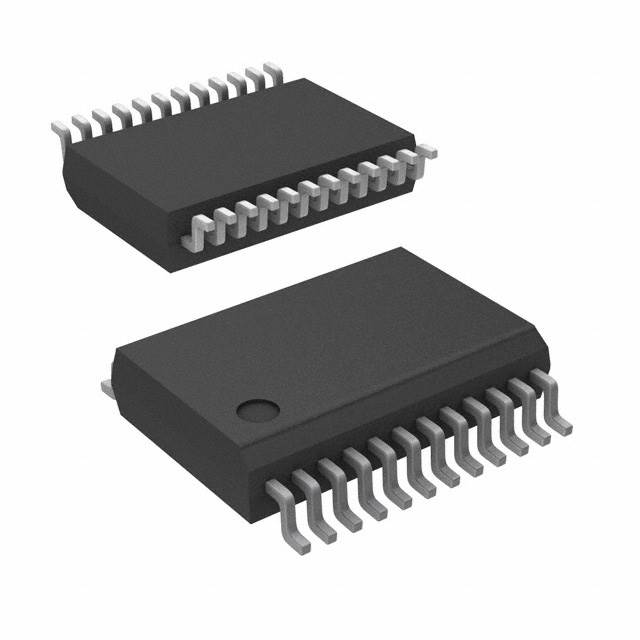
SN74LVC828ADBR
Texas Instruments -

SN74ALVTH162244LR
Texas Instruments -
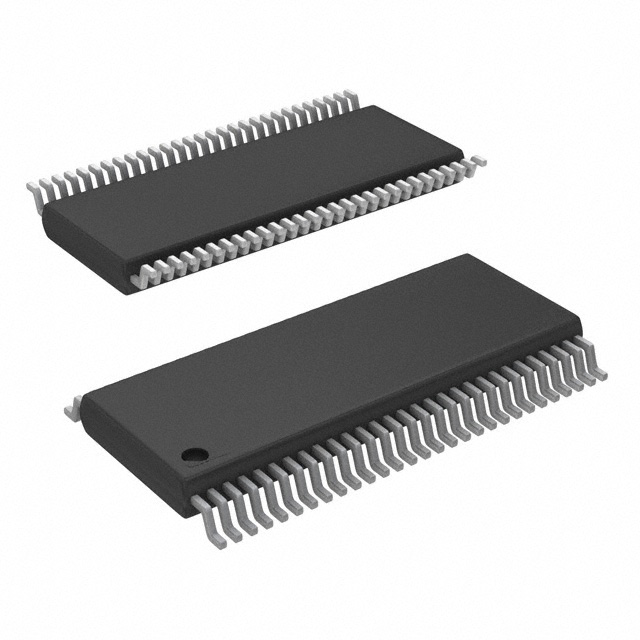
SN74ALVCH162344VR
Texas Instruments






